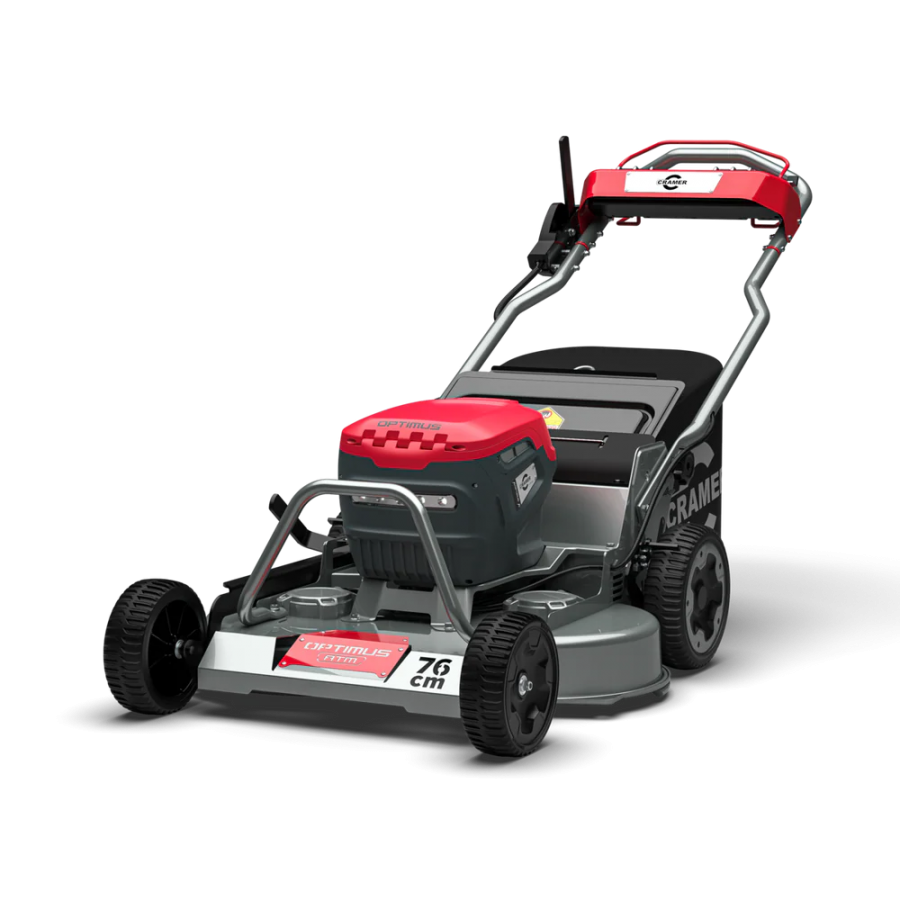It’s that time of
year, when growth slows, temperatures drop and we start to get consistent and
persistent dewy mornings. The main event is here – peak turfgrass disease
season.
On golf greens,
anthracnose and microdochium patch are chomping at the bit to start infecting
new turf, to kick start their reproductive cycle.
On winter sports
pitches across the country, rusts (smooth-stalked meadow-grass) and leaf spot
(perennial ryegrass, pictured) are rearing their heads.
However, this is
also when grass plant activity and growth are slowing, so recovering from
damage is much more problematic.

Preventative
programmes take into account past disease history and current and future
environmental conditions to assess the risk of disease developing.
There are numerous
online tools and apps to help predict when conditions are conducive to disease.
These, coupled with common sense and a turf manager’s experience of how disease
develops on their site, are the building blocks of success when it comes to
preventative disease management.
With a curative
approach, we are treating visible symptoms of disease, which might make it
easier to justify the cost and resource needed to make an application of
fungicide.
To help turf
managers understand the best way to combat diseases, using pesticides
effectively whilst understanding the environmental impacts and fundamentals of
integrated turf management, STRI is running a BASIS Foundation Award in Amenity Horticulture course on 11-13 December at its UK
headquarters in Bingley.
This course is aimed
at turf managers, groundsmen, greenkeepers and those who want a grounding in
integrated turf management and optimising plant protection product use.
There are still some
places available on this course, so if you would like to attend please call
01274 565131 or email training@strigroup.com







